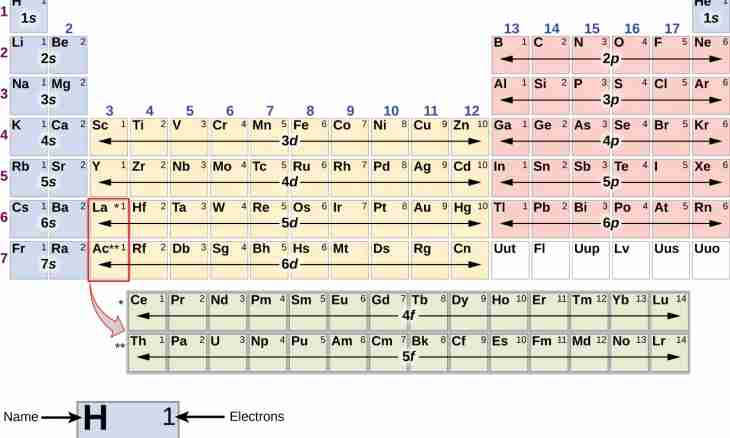Any wave extending in any given environment has three parameters interconnected among themselves: length, period of fluctuations and their frequency. Any of them can be found, knowing any other, at the same time also information on the speed of distribution of fluctuations in the environment is in certain cases necessary.
Instruction
1. Regardless of which from parameters you are going to calculate, transfer all initial sizes to the SI system. Then the result will turn out in terms of the same system. If necessary use the calculator, capable, besides a mantissa, to display also an exponent as at the solution of tasks of the subject "Fluctuations and Waves" it is necessary to deal both with very small, and with very big sizes.
2. In case the wavelength and speed of distribution of fluctuations are known, calculate frequency as follows: F=v/λ where F is the frequency (Hz), v is the speed of distribution of fluctuations in the environment of (m/s), λ - the wavelength (m). The speed of light in a vacuum is usually designated by other letter - c (Latin). Remember that the speed of distribution of light in any other environment, except a vacuum, is less than the speed of light in a vacuum. If any given particle flies by in Wednesday with a speed, though the smaller speed of light in a vacuum, but the bigger speed of light in this environment, there is a so-called luminescence of Cherenkov.
3. If frequency is known, the period can be found and in case the speed of distribution of fluctuations is unknown. The formula for calculation of the period on frequency looks as follows: T=1/F where T is the period of fluctuations (c), F is the frequency (Hz).
4. From told above follows that to find frequency, knowing the period, it is possible also without information on the speed of distribution of fluctuations. Way of its stay same: F=1/T where F is the frequency (Hz), T is the period of fluctuations (c).
5. To learn the cyclic frequency of fluctuations, in the beginning calculate their usual frequency any of the ways stated above. Then increase it by 2π:ω=2πF where ω - cyclic frequency (a radian in a second), F - the usual frequency (Hz).
6. From this it follows that for calculation of usual frequency in the presence of information on cyclic it is necessary to use the return formula: F=ω / (2π) where F is the usual frequency (Hz), ω - cyclic frequency (a radian in a second).
7. At the solution of tasks on finding of the period and frequency of fluctuations and also wavelengths use the following physical and mathematical constants: - speed of light in a vacuum: m/s c=299792458 (some researchers, in particular, creationists, consider that in the past this physical constant could have other size); - acoustic speed in air with an atmospheric pressure and zero degrees Celsius: Fzv of =331 m/s; - number "пи" (to the fiftieth sign): π=3.14159265358979323846264338327950288419716939937510 (dimensionless size).
8. The speed of light in substance with the index of refraction equal to n (also dimensionless size), calculate, having divided the speed of light into index of refraction.
9. After the end of calculations if necessary transfer result from the SI system to units of measure, convenient for you.

